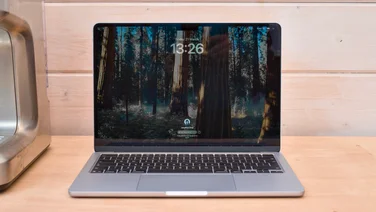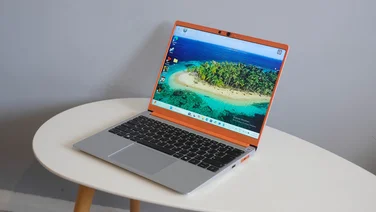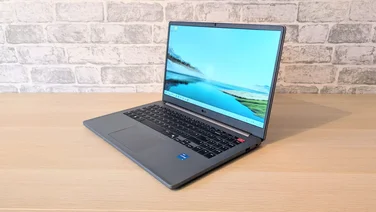To help us provide you with free impartial advice, we may earn a commission if you buy through links on our site. Learn more




Sony is a company that’s always excelled at creating stylish and small laptops packed with the latest kit, so it’s no surprise to find that the new Vaio manages to fit in an optical drive, a full-power 2nd Generation Core i5 processor, a 500GB hard disk and a dedicated graphics card, into a case that’s only 26mm thick and weighs just 1.8kg.

The SB1 has a pedestrian, functional design from the outside, with a dark grey, matt-finish magnesium alloy lid. Apart from a headphone port hidden on the rear left corner, all the ports are strung along the right-hand side – a bit inconvenient if you want to use an external, right-handed mouse. The left side holds the optical drive tray, but its Eject button is placed above the keyboard where it’s more easily accessible.
Opening the lid reveals a minimalist design, with both screen bezel and keyboard panel made from aluminium to keep weight down – and the cool metal is pleasant on your wrists while you type. The keyboard sits in a shallow, concave recess in the metal panel: its keys are isolated and have a comfortable, light action with good feedback for touch-typists.

A large touchpad sits underneath. It’s smooth and responsive, and includes both vertical and horizontal scroll areas, as well as supporting some gestures such as rotation and zooming. Its two large buttons are a bit stiff, but sit right on the edge of the case where your thumb naturally rests, and there’s a fingerprint reader between them.
Sony’s stuck with a standard 1,366×768 resolution for the 13.3in, LED-backlit display. It’s evenly lit but not that bright, and next to the Samsung 900X3A’s amazing screen it looks dull in comparison. It uses a semi-matt finish that cuts down on glare from reflected lights but still retains the punch of colours, but sadly it still suffers from the tight vertical viewing angles that plague many LCD panels. Once you get the angle of the screen right, however, you’ll find reasonably natural colours and good contrast.
Performance from the 2.3GHz Core i5-2410M was exemplary, with an overall score of 53 in our benchmarks. Turbo Boost pushes the processor up to 2.9GHz and a score of 71 in the single-threaded image-editing test, while Hyper-Threading doubles the number of threads so it can handle running multiple applications smoothly.
Sony has opted for a dedicated AMD graphics chip, the Radeon HD 6470M. This is nowhere near as fast as a desktop graphics card, but a score of 25fps in Call of Duty 4 means it should be able to handle most games, although you’ll have to turn the graphical settings down a bit to get playable frame rates. Meanwhile, AMD’s PowerPlay technology means that the SB1 will switch to the Core i5’s integrated graphics chipset when on battery power. There’s also a manual switch above the keyboard, so you can choose between “Stamina” and “Speed” on the fly.

If that’s not enough advanced technology, the SB1 also has a single USB3 port as well as two USB ports. An HDMI port lets you output both audio and video to a larger screen or home cinema system, and there are two memory card readers, one for Sony’s Memory Stick format and one for the more common SDHC cards.

At 1.8kg, the SB1 isn’t as light as other ultra-portables, but this includes an optical drive that otherwise you may have to carry separately. Its battery life in our light usage test was just over six hours – again, not as long as others here, but still long enough for most trips. It’s great value for all of the features, so it wins our Ultimate award.






